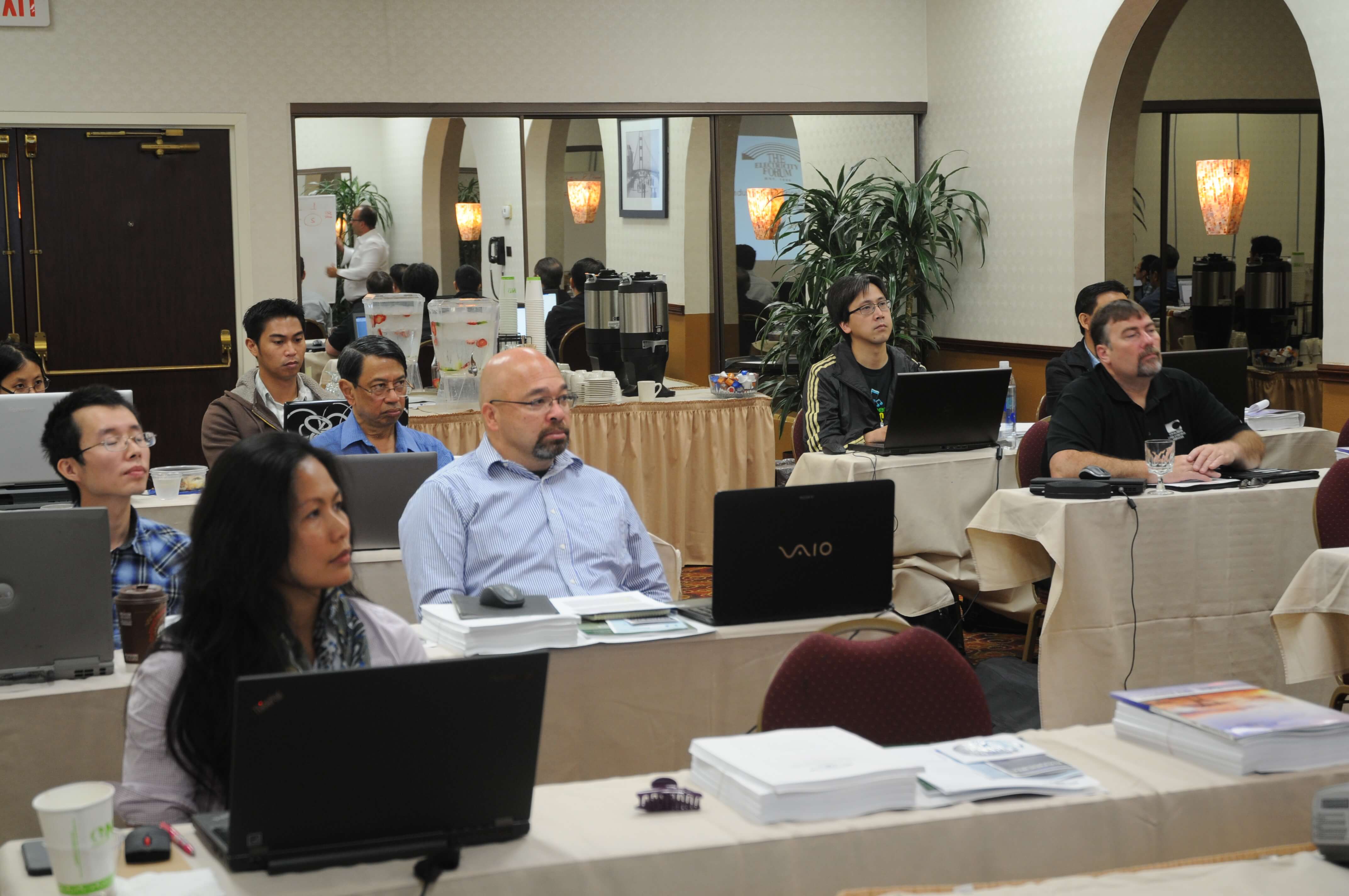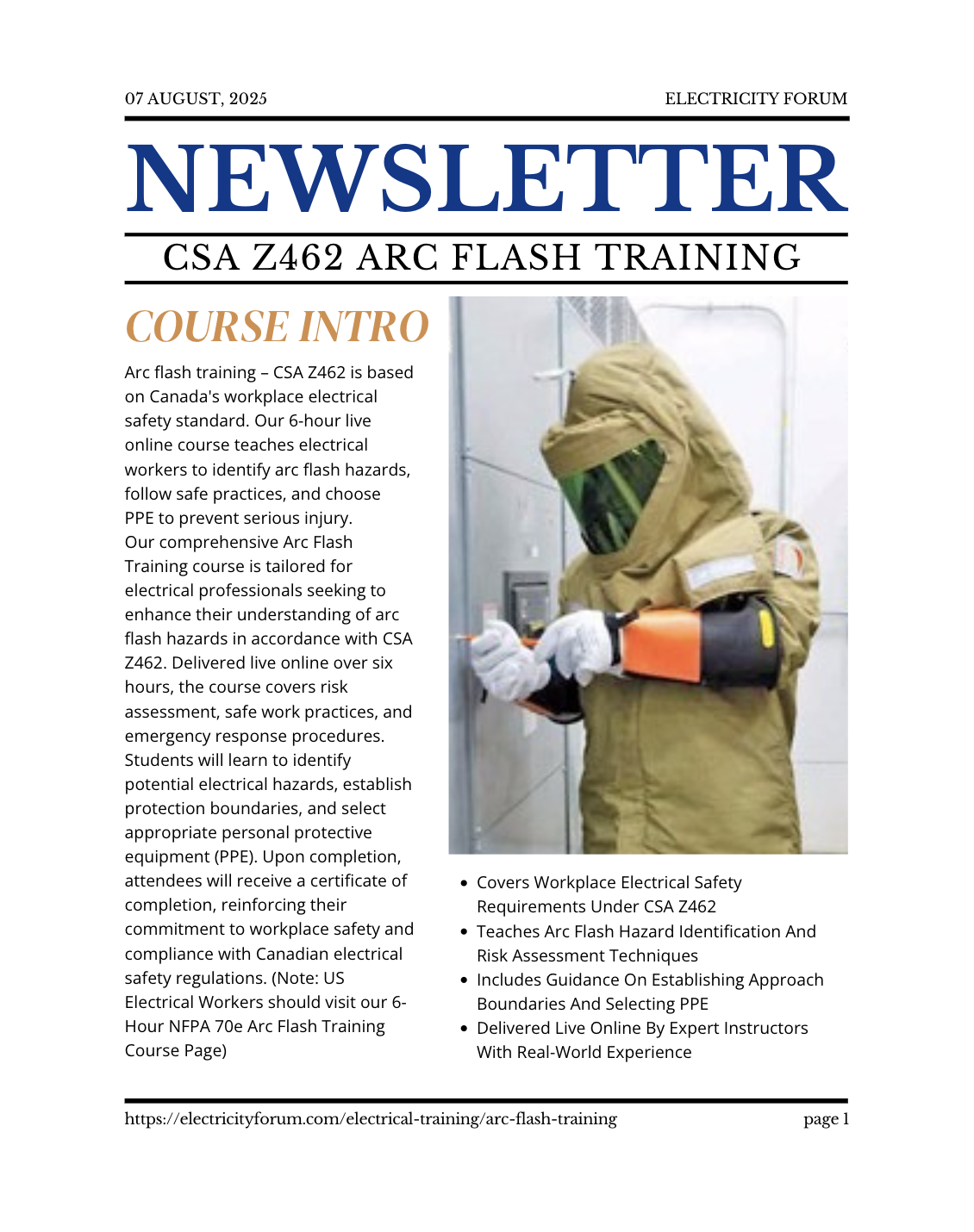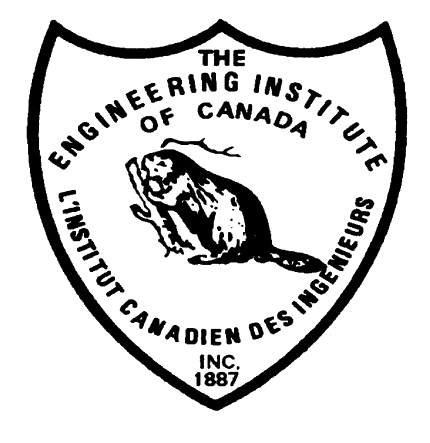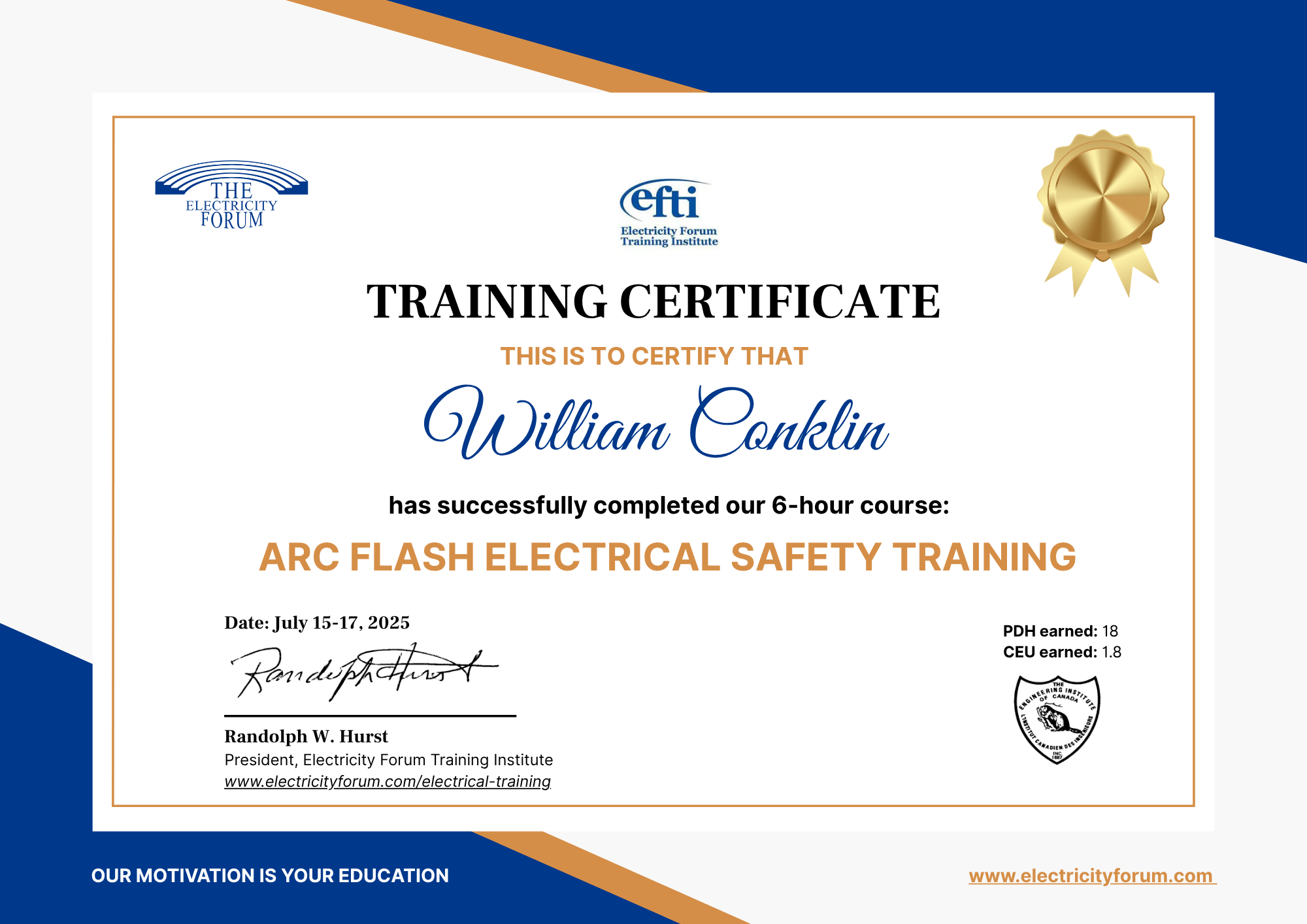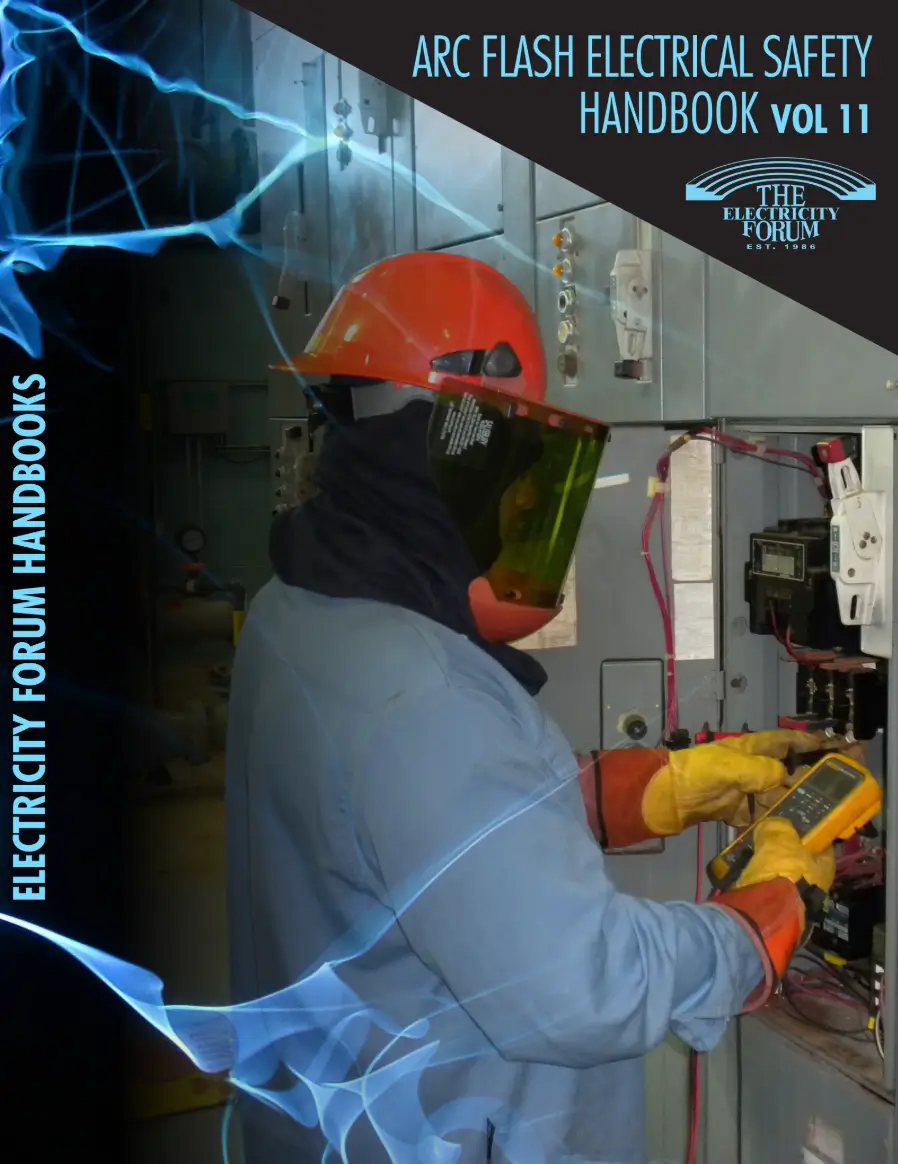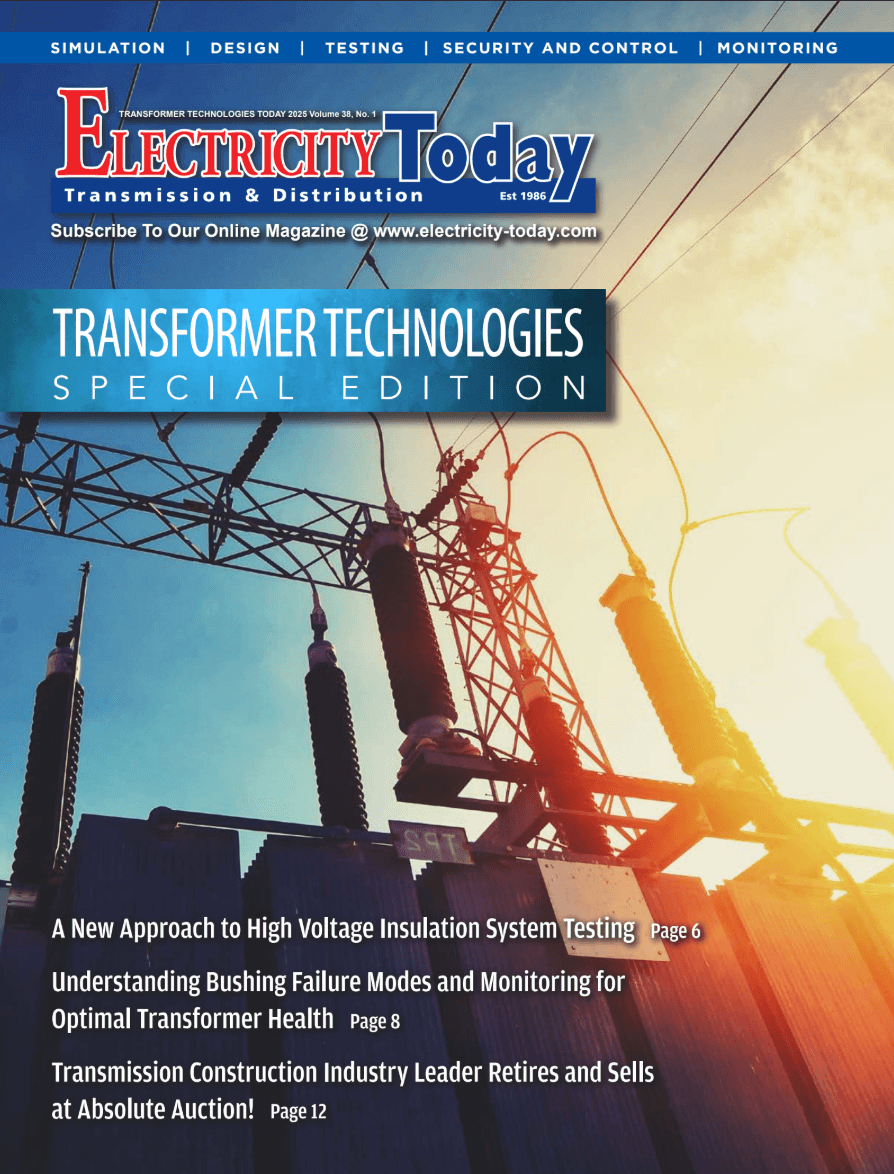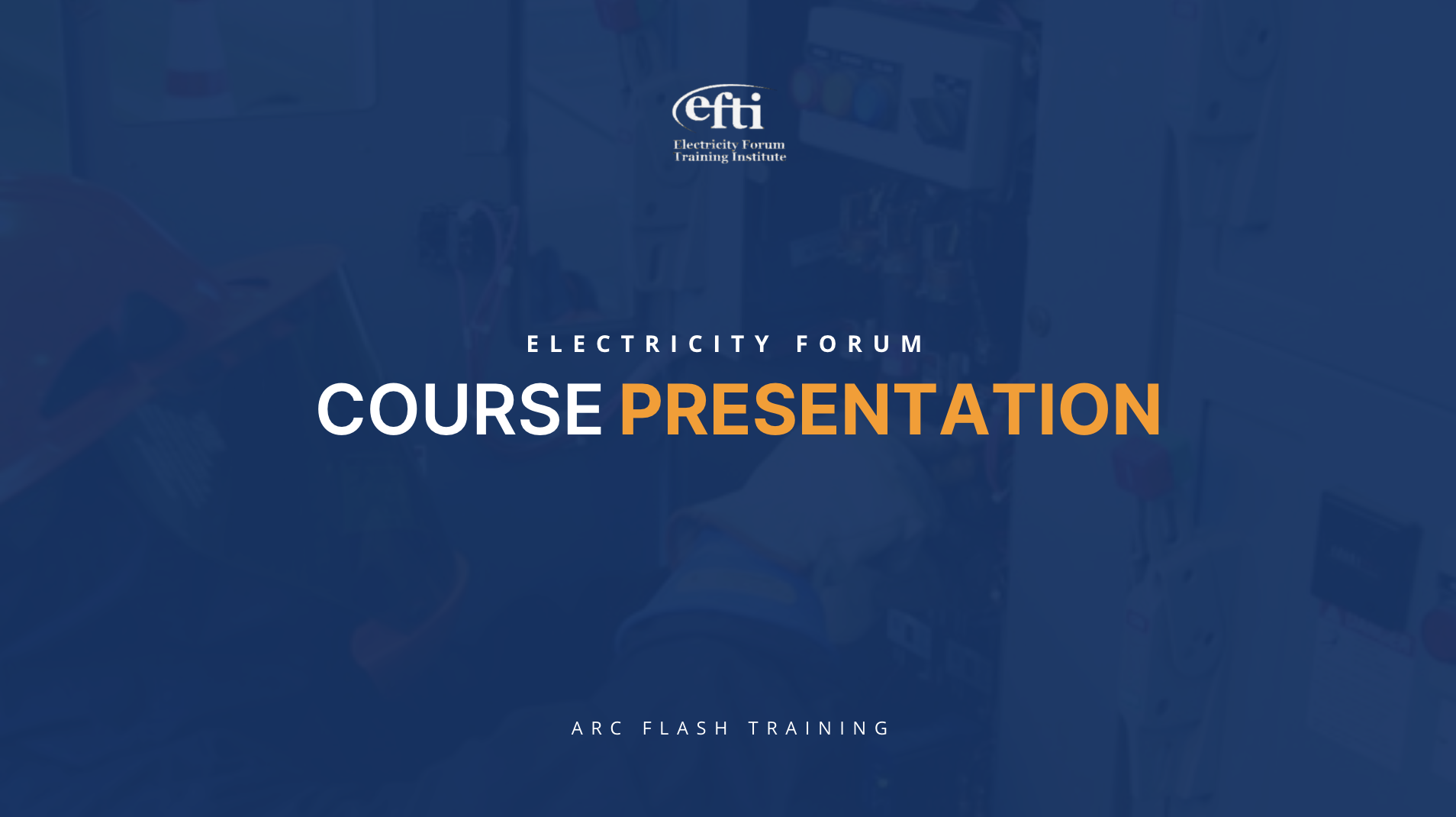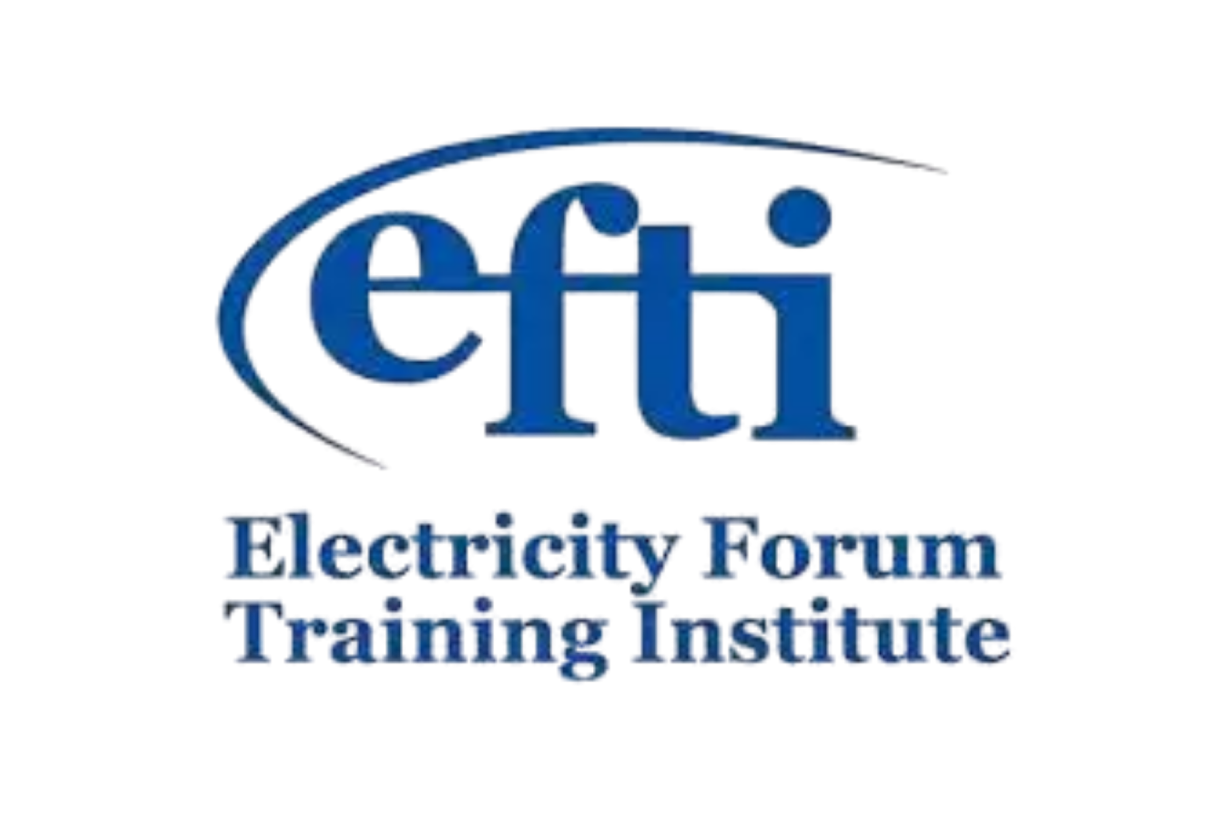Lightning Protection Training Course - 12-Hour live online, instructor-led course. Learn how to minimize damage to Utility, Industrial, Commercial & Institutional power systems from lightning strikes.
Lightning damage to equipment results in losses exceeding twenty-six billion dollars annually in North America, and nearly three times that worldwide with more than 150 strikes per second. Insurance payout resulting from lightning damage, accounts for approximately 6.5 per cent of all industrial, commercial and institutional property and casualty claims. Ironically, lightning damage to equipment can be all but totally prevented.
Special lightning protection systems prevent damage and are simple, very reliable, and inexpensive, particularly when compared to the cost of equipment repair and replacement, as well as the possible consequences of harm to personnel. However, methods for lightning special protection cannot be found in the code books, i.e.; National Electrical Code (NEC).
In less than 20 years, cellular mobile towers have proliferated on every continent, and are perfect lightning targets! To a lesser extent, AM, FM, and TV towers have also sprouted, sometimes sharing with cell systems. Not only are the towers at lightning risk, but also the cellular, broadcast, and communications antennas mounted on them. At risk too, are the attached cell site equipment, radio transmitters, coaxial cables, and tower light systems.
This Lightning Protection Systems Training course provides a general review of protection schemes and their impact on various industries. Strategies for mitigating damage and improving overall equipment performance are discussed.
After Attending, You Will Understand:
- Lightning protection grounded towers, wireless facilities, wind power structures, utility and industrial structures and equipment
- Divide and control lightning strike energy
- Tower location in respect to equipment building, electromagnetic radiation, need for Faraday Cage
- Coordinate the coax cable entry with building equipment grounding
- Voltage divider circuit from lightning traveling down a tower
- Lightning - A major source of Ground Potential Rise (GPR)
- Bulkhead or wave guide hatch
- Single point grounding location
- Isolate wire-line communications from remote ground
- AC power surge protection and UPS at the power entrance facility
- Standard telephone pair protection is worthless in a Ground Potential Rise






